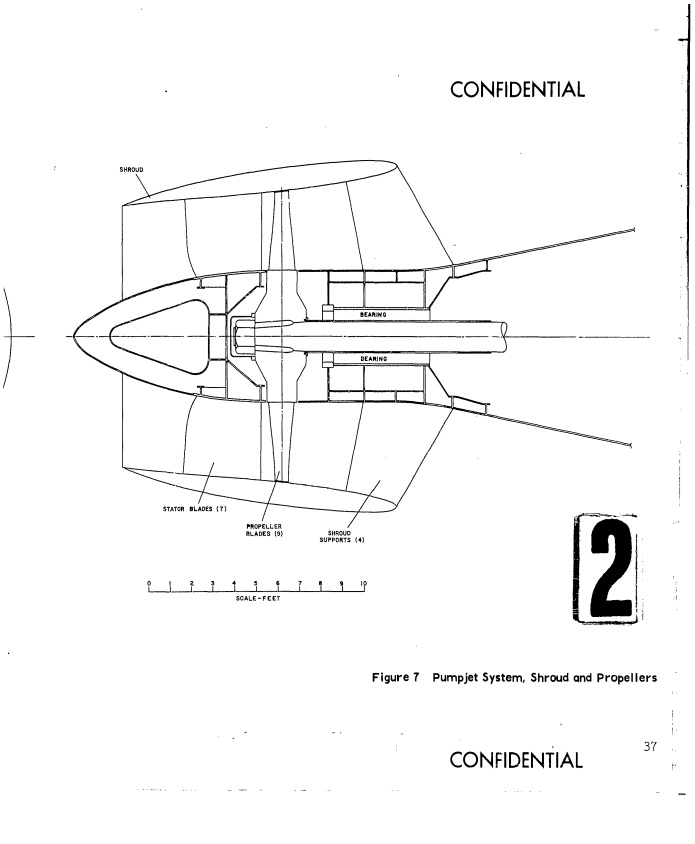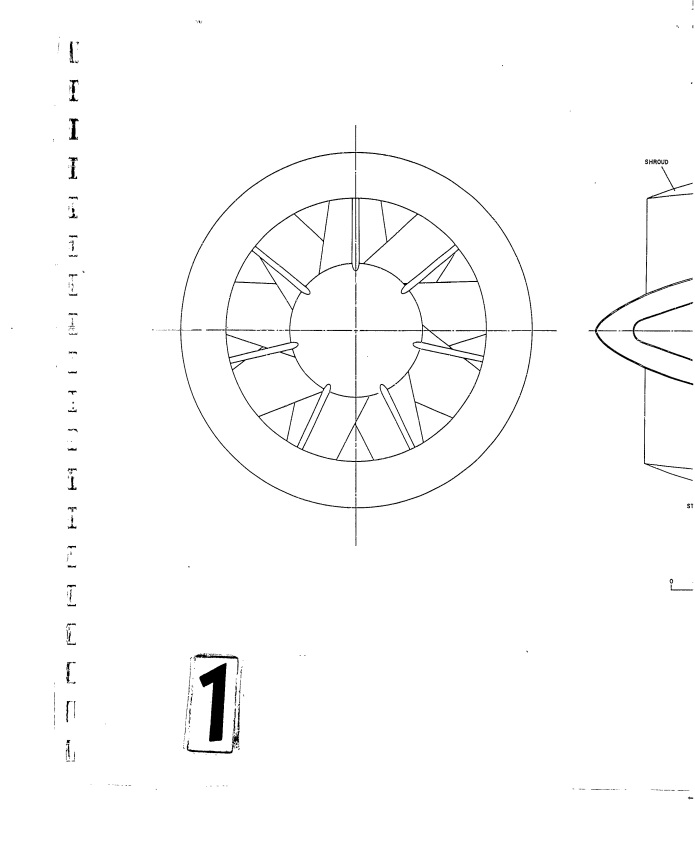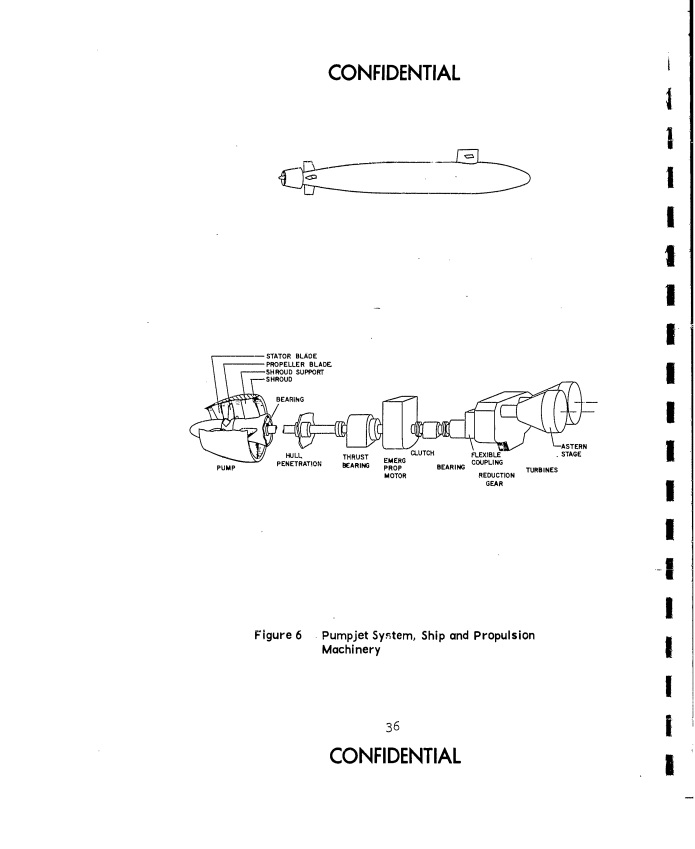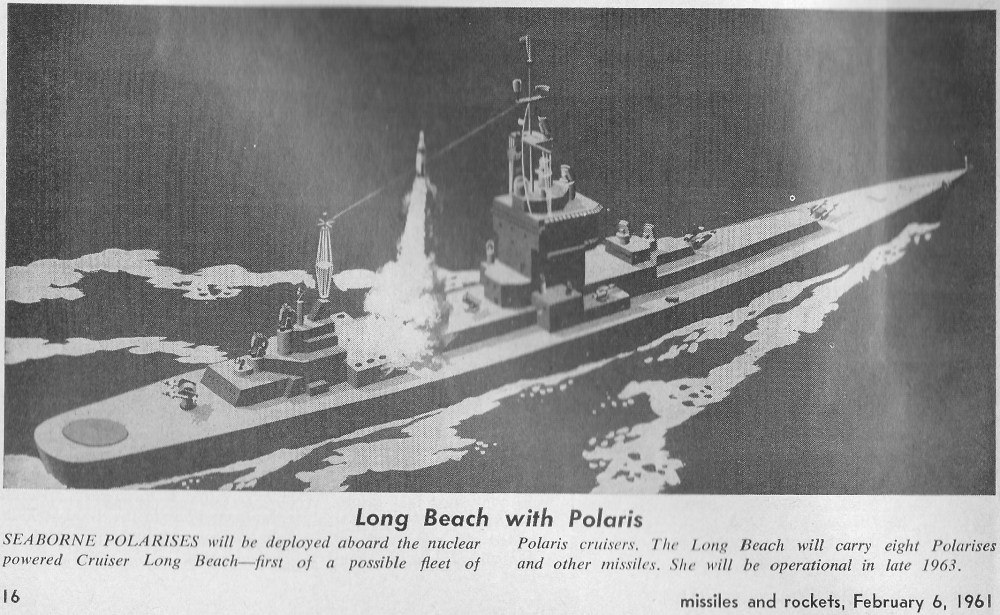Some model kits I mastered for Fantastic Plastic are back in stock. Click the images to go to the relevant catalog page.
Modern submarines (like the Seawolf and Virgina classes) are often propelled not by propellers, but by pumpjets. These are shrouded turbines with a number of blades, looking much like the inlets and compressors of modern high bypass turbofans. They provide propulsive improvement, but apparently more importantly they are quieter than exposed propellers. However, the details of their designs are often obscure, for the obvious fact that they make submarines stealthier vehicles.
One of the few pumpjets I’ve seen shown in any detail comes from a 1963 General Dynamics report covering unusual propulsion system options for submarines. At this early date it’s safe to assume that the resemblance to a modern pumpjet is probably fairly minimal beyond the overall concept and configuration, but it’s still an interesting look at a rarely seen technology Additionally, the pumpjet is about the *least* unconventional of the concepts shown in detail, which include props that are fitted to a ring at the maximum diameter of the hull and separate, podded propulsion systems (a common enough design feature on many surface vessels today) and cycloidal propulsion systems. All of the systems are compared by assuming they are applied to SSB(N)-616 USS Lafayette, a ballistic missile sub.
DESIGN STUDY REPORT: A SURVEY OF CONVENTIONAL AND UNCONVENTIONAL SUBMARINE PROPULSION SYSTEMS
This report can be downloaded from the Defense Technical Information Center website.
The link to the abstract is here.
The direct link to the PDF file is here.
Support the APR Patreon to help bring more of this sort of thing to light!
When the time comes to take down the evil that is cheaply manufactured Chinese consumer goods… the US Navy will stand ready.
Why China Is Building The World’s Largest “Coast Guard” Cutter
The bit that jumped out at me:
In other words, China’s new class of Coast Guard vessels are freakin’ huge. So big in fact that they will outsize America’s Ticonderoga Class Guided Missile Cruisers by as much as 50%.
In short, why does China want “Coast Guard” ships the size of battlecruisers? Because they want to gobble up the South and East China Seas and everything in ’em.
A scan of a piece of art from 1961 depicting a Long Beach-class guided missile cruiser launching a Polaris ballistic missile. Note that the caption says that this *will* happen; as it turned out, not only was the Long Beach never equipped with Polarises, it was also the only ship in its class. The US Navy decided that putting strategic nuclear ballistic missiles on easily-spotted and tracked surface ships was less desirable than putting them on far stealthier submarines.
When a ships days are done, they’re often taken to breakers yards where they are chopped up for scrap. Often this means running them up onto the beach, as was done here in Turkey:
[youtube QYltdonj2iE]
Civilian Navy engineer charged for attempting to steal, pass schematics of USS Gerald R. Ford to Egypt
One “Mostafa Ahmed Awwad” (the wacky names parents give their kids these days…), an engineer at the the Nuclear Engineering and Planning Department at Norfolk Naval Shipyard, has been charged by the FBI with trying to sell schematics of the new aircraft carrier to the Egyptian government… but apparently the “government agent” that Awwwwad tried to sell to was actually an FBI agent. Whooopsie…
It’s an interesting tale, one the FBI apparently recorded the entirety of. Sounds like treason, if he’s a US citizen.
It had to happen:
Final Reunion Planned for USS Arizona
There are 9 survivors of the USS Arizona, all in their mid 90’s. Seven are expected to attend. And then… that’ll be that, at least officially. It’s too difficult for these fellers to make it out to Hawaii.
However… they may meet up again. They are entitled to have their ashes interred within the USS Arizona turret #4. Thirty-eight of their fellows have chosen this so far.
The Norwegian vessel KNM Trondheim welcomes an incoming anti-ship missile.
[youtube 4F0nUJ0MHHk]
At least, the ships that don’t snap in half in a storm ain’t rigid. That’s something often overlooked in sci-fi movies… these great big spaceships flying around, dodging asteroids and getting hit with nukes. Sometimes bits get blown off, but rarely do you see any actual *flex.* Granted, there’s reasons for that (it’s hard to do in CGI, probably hard to do with physical models). But still, it’s a glaring omission. And amazing when you actually see it (the last jump of Galactica comes to mind).
[youtube PmlTk_3NN_g]








